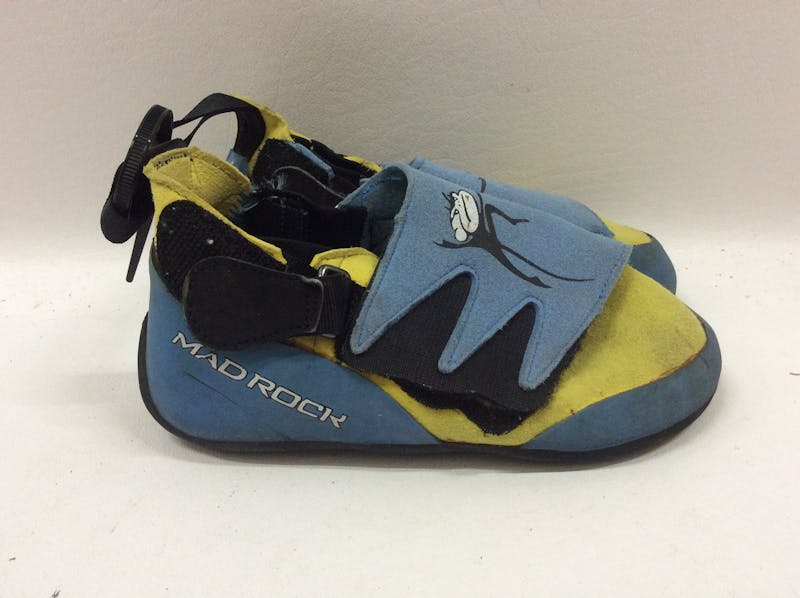How to Choose and Care for Your Second-Hand Rock Climbing Shoes
The allure of climbing is undeniable, but the gear can be a significant investment, especially for beginners. One of the most crucial pieces of equipment for any climber is their shoes. The right pair can make or break your experience on the wall. However, brand new rock climbing shoes can be expensive. This is where second-hand rock climbing shoes come into play. They offer a cost-effective alternative without compromising on performance. But how do you choose the right pair and ensure they serve you well? Let’s delve into the nuances of selecting and maintaining your second-hand rock climbing shoes.
Understanding the Importance of Fit
Fit is paramount when it comes to climbing shoes. According to renowned climber Chris Sharma, “The shoe is the interface between you and the rock.” A well-fitted shoe enhances your performance and comfort. When looking at second-hand options, it’s essential to try them on and consider the previous owner’s climbing style and foot shape. Shoes that have been worn by someone with a similar foot shape to yours are more likely to fit well.
Assessing the Condition of Second-Hand Rock Climbing Shoes
The condition of the shoes is another critical factor. Examine the shoes for any signs of wear and tear. Pay attention to the rubber soles, as rubber degradation can affect grip. Check the stitching and the upper material for any damage. It’s also wise to consider the age of the shoes, as older models may have outdated technology or materials that could impact performance.

Choosing the Right Type of Second-Hand Rock Climbing Shoes
There are various types of climbing shoes, from aggressive down-turned models to more neutral ones. Your choice should align with your climbing style and the type of routes you plan to tackle. For instance, beginners might prefer a more comfortable and versatile shoe, while experienced climbers might opt for specialized models that cater to their advanced techniques.
Caring for Your Second-Hand Rock Climbing Shoes
Proper care extends the life of your second-hand rock climbing shoes. Clean them after each use to remove dirt and chalk. Avoid using harsh chemicals, as they can damage the materials. Let the shoes dry naturally, away from direct heat, to prevent deformation. As per the advice of professional climbers, “Rotate your shoes to prevent excessive wear on any single pair.”
Dealing with Odors in Second-Hand Rock Climbing Shoes
Odors can be a common issue with used gear. To combat this, consider using deodorizing techniques such as freezing the shoes or using a shoe deodorizer. Freezing can kill bacteria causing the smell, while deodorizers can neutralize odors effectively.
Upgrading Your Second-Hand Rock Climbing Shoes
Sometimes, a pair of second-hand rock climbing shoes might need a little upgrade to perform at their best. Consider replacing the laces or adding additional padding for comfort. There are also aftermarket options like heel lifts or toe patches that can enhance the fit or durability of your shoes.

Safety Considerations
While second-hand rock climbing shoes can be a great deal, safety should never be compromised. Ensure that the shoes are not damaged in a way that could affect their structural integrity. If in doubt, consult with a professional or experienced climber before purchasing.
Final Thoughts on Second-Hand Rock Climbing Shoes
In conclusion, second-hand rock climbing shoes can offer an affordable entry point into the sport without sacrificing performance. By understanding the importance of fit, assessing the condition, and taking proper care, you can extend the life of your shoes and enjoy many successful climbs. Remember, the right pair of shoes can be the difference between a good climb and a great one.


